Growing lettuce indoors might seem like a challenge reserved for seasoned gardeners, but trust me, it’s easier than you think! Imagine fresh, crisp lettuce leaves gracing your salads, sandwiches, and wraps, all year round, regardless of the weather outside. No more sad, wilted greens from the grocery store – just vibrant, homegrown goodness right at your fingertips.
For centuries, humans have sought ways to cultivate food closer to home. From ancient rooftop gardens in bustling cities to medieval monastery herb gardens, the desire for fresh produce has always been a driving force. Today, with concerns about food miles and the desire for sustainable living, indoor gardening is experiencing a major resurgence. And lettuce, with its relatively shallow roots and quick growth cycle, is a perfect candidate for indoor cultivation.
But why should *you* bother growing lettuce indoors? Well, for starters, you’ll have complete control over the growing environment, minimizing pests and diseases. Plus, it’s incredibly rewarding to nurture a plant from seed to harvest. And let’s be honest, who wouldn’t love the convenience of snipping fresh lettuce leaves whenever the craving strikes? In this article, I’m going to share some simple, yet effective DIY tricks and hacks that will have you enjoying a bountiful indoor lettuce harvest in no time. Get ready to unleash your inner green thumb!
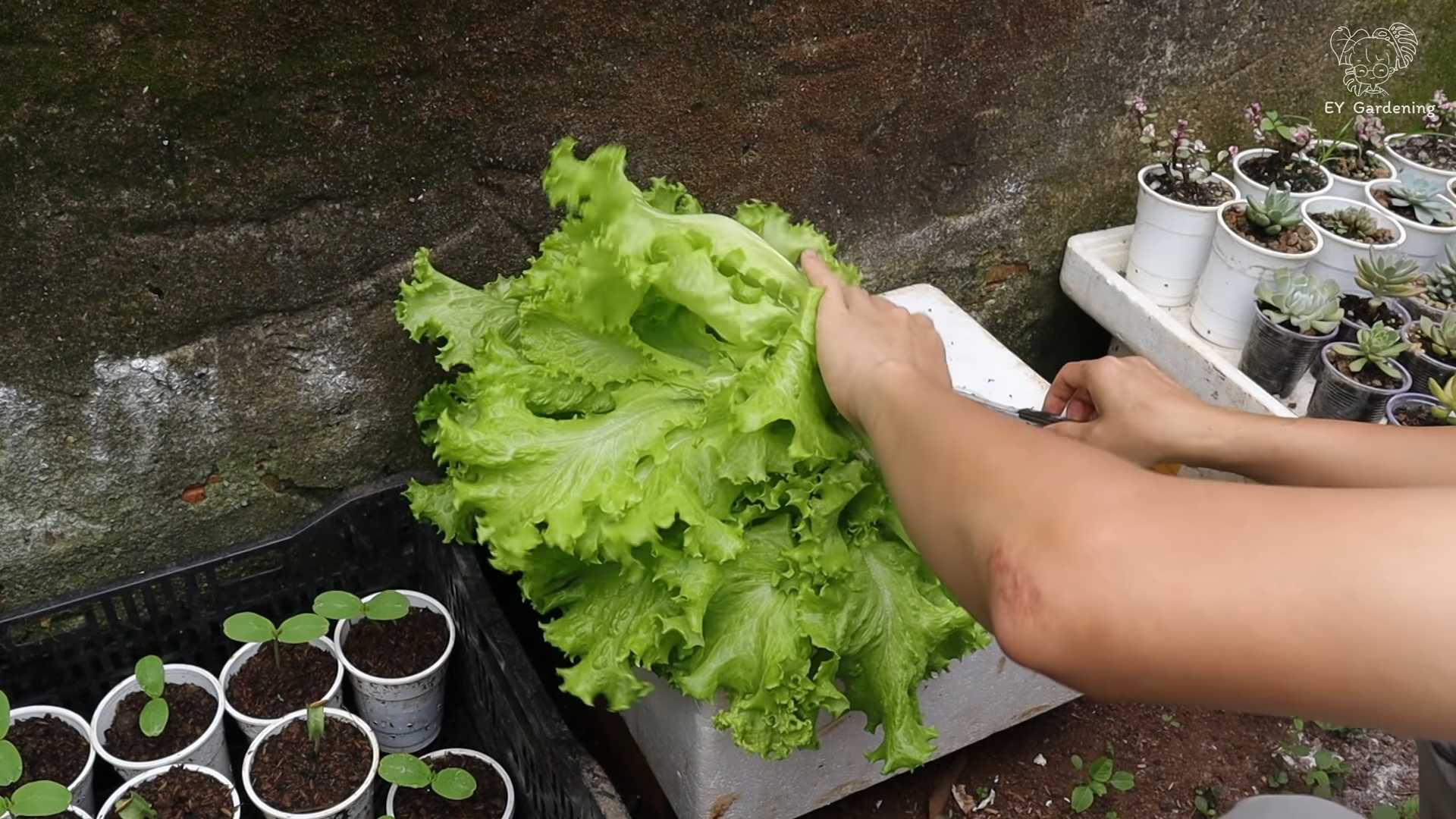
Growing Lettuce Indoors: A Beginner’s Guide to Fresh Greens All Year Round
Hey there, fellow gardening enthusiasts! Ever crave a crisp, fresh salad in the dead of winter? Well, I’m here to tell you that you can have it! Growing lettuce indoors is surprisingly easy and rewarding. I’ve been doing it for a few years now, and I’m excited to share my secrets with you. Get ready to enjoy homegrown lettuce whenever you want!
What You’ll Need
Before we dive in, let’s gather our supplies. Here’s a checklist of everything you’ll need to get started:
* Lettuce Seeds: Choose varieties that are well-suited for indoor growing. Leaf lettuce varieties like Black Seeded Simpson, Salad Bowl, or Red Sails are excellent choices. They mature quickly and can be harvested continuously.
* Growing Medium: You have a few options here. I personally prefer a soilless mix like coco coir or peat moss mixed with perlite or vermiculite. This provides good drainage and aeration, which is crucial for healthy lettuce growth. You can also use a high-quality potting mix specifically formulated for vegetables.
* Containers: Choose containers that are at least 6 inches deep to allow for adequate root growth. You can use individual pots, seed trays, or even repurposed containers like plastic tubs or yogurt containers (just make sure they have drainage holes!).
* Grow Lights: This is arguably the most important element. Lettuce needs plenty of light to thrive indoors. A fluorescent grow light or an LED grow light is ideal. I recommend a full-spectrum light for optimal growth.
* Watering Can or Spray Bottle: For gentle watering.
* Fertilizer: A balanced liquid fertilizer, diluted to half strength, will provide your lettuce with the nutrients it needs.
* Optional: Heat Mat: If your home is particularly cold, a heat mat can help speed up germination.
* Optional: Small Fan: A small fan can help improve air circulation and prevent fungal diseases.
Step-by-Step Instructions: From Seed to Salad
Okay, now that we have our supplies, let’s get our hands dirty!
1. Sowing the Seeds:
* Fill your chosen containers with the growing medium, leaving about an inch of space at the top.
* Moisten the growing medium thoroughly. It should be damp but not soggy.
* Sprinkle the lettuce seeds evenly over the surface of the growing medium. Don’t overcrowd them!
* Lightly cover the seeds with a thin layer of growing medium. Lettuce seeds need light to germinate, so don’t bury them too deep.
* Gently mist the surface with water to ensure the seeds are in good contact with the soil.
* If you’re using a heat mat, place the containers on the mat.
* Cover the containers with a clear plastic lid or plastic wrap to create a humid environment. This will help with germination.
2. Germination:
* Place the containers in a warm location (around 65-70°F or 18-21°C).
* Keep the growing medium consistently moist, but not waterlogged. Mist with water as needed.
* Check the containers daily for signs of germination. Lettuce seeds typically germinate within 7-14 days.
* Once the seedlings emerge, remove the plastic lid or plastic wrap.
3. Providing Light:
* As soon as the seedlings emerge, place them under the grow lights.
* Position the grow lights a few inches above the seedlings.
* Keep the grow lights on for 12-14 hours per day.
* Adjust the height of the grow lights as the lettuce plants grow to maintain the optimal distance.
4. Watering and Fertilizing:
* Water the lettuce plants when the top inch of the growing medium feels dry to the touch.
* Water thoroughly, but avoid overwatering. Soggy soil can lead to root rot.
* Make sure the containers have good drainage to prevent water from pooling at the bottom.
* Start fertilizing the lettuce plants about two weeks after germination.
* Use a balanced liquid fertilizer, diluted to half strength.
* Fertilize every two weeks.
5. Thinning the Seedlings:
* Once the seedlings have developed a few sets of true leaves, it’s time to thin them out.
* Thinning ensures that each plant has enough space to grow and develop properly.
* Carefully remove the weaker seedlings, leaving the strongest ones spaced about 2-3 inches apart.
* You can transplant the thinned seedlings into other containers if you want to grow more lettuce.
6. Harvesting:
* You can start harvesting lettuce leaves when they are about 4-6 inches long.
* Harvest the outer leaves first, leaving the inner leaves to continue growing. This is known as the “cut-and-come-again” method.
* Use scissors or a sharp knife to cut the leaves close to the base of the plant.
* Harvest regularly to encourage continued growth.
* With proper care, you can harvest lettuce from the same plants for several weeks.
Troubleshooting: Common Issues and Solutions
Even with the best intentions, you might encounter a few challenges along the way. Here are some common issues and how to address them:
* Leggy Seedlings: This usually indicates that the seedlings aren’t getting enough light. Move the grow lights closer to the plants or increase the amount of time the lights are on.
* Yellowing Leaves: This could be a sign of overwatering, underwatering, or nutrient deficiency. Check the moisture level of the growing medium and adjust your watering accordingly. If the leaves are uniformly yellow, it could be a nitrogen deficiency. Fertilize with a balanced fertilizer.
* Brown Spots on Leaves: This could be caused by fungal diseases or pests. Ensure good air circulation by using a small fan. Remove any affected leaves. If the problem persists, you may need to use a fungicide or insecticide.
* Slow Growth: This could be due to a variety of factors, including insufficient light, improper watering, or nutrient deficiency. Review your growing conditions and make adjustments as needed.
* Pests: Aphids, spider mites, and whiteflies can sometimes infest indoor lettuce plants. Inspect your plants regularly for signs of pests. You can control pests by spraying the plants with insecticidal soap or neem oil.
Choosing the Right Lettuce Varieties
As I mentioned earlier, some lettuce varieties are better suited for indoor growing than others. Here are a few of my favorites:
* Black Seeded Simpson: A classic leaf lettuce variety that’s easy to grow and produces abundant, tender leaves.
* Salad Bowl: Another popular leaf lettuce variety with a mild, slightly sweet flavor. It’s very productive and tolerates a wide range of growing conditions.
* Red Sails: A beautiful red-leaf lettuce variety that adds color and flavor to salads. It’s also very nutritious.
* Tom Thumb: A small, compact butterhead lettuce variety that’s perfect for growing in containers.
* Little Gem: A miniature romaine lettuce variety that’s crisp, sweet, and delicious.
Optimizing Your Indoor Lettuce Garden
Want to take your indoor lettuce growing to the next level? Here are a few tips to help you optimize your garden:
* Rotate Your Crops: After harvesting a batch of lettuce, consider rotating your crops to prevent the buildup of pests and diseases. You can plant other leafy greens like spinach or kale, or even herbs like basil or parsley.
* Use a Timer: A timer can automate the process of turning your grow lights on and off, ensuring that your lettuce plants receive the consistent light they need.
* Monitor Temperature and Humidity: Lettuce prefers cooler temperatures (around 60-70°F or 15-21°C) and moderate humidity. Use a thermometer and hygrometer to monitor these conditions and make adjustments as needed.
* Provide Air Circulation: Good air circulation helps prevent fungal diseases and promotes healthy growth. Use a small fan to circulate the air around your lettuce plants.
* Experiment with Different Growing Mediums: Try different growing mediums to see which one works best for you. Some people prefer coco coir, while others prefer peat moss or potting mix.
* Keep a Journal: Keep a journal to track your progress and learn from your mistakes. Note the varieties you’re growing, the growing conditions, and any problems you encounter. This will help you improve your growing techniques over time.
Enjoying Your Homegrown Lettuce
The best part about growing lettuce indoors is, of course, enjoying the fruits (or rather, vegetables!) of your labor. Here are a few ideas for using your homegrown lettuce:
* Salads: The most obvious choice! Use your lettuce as the base for a
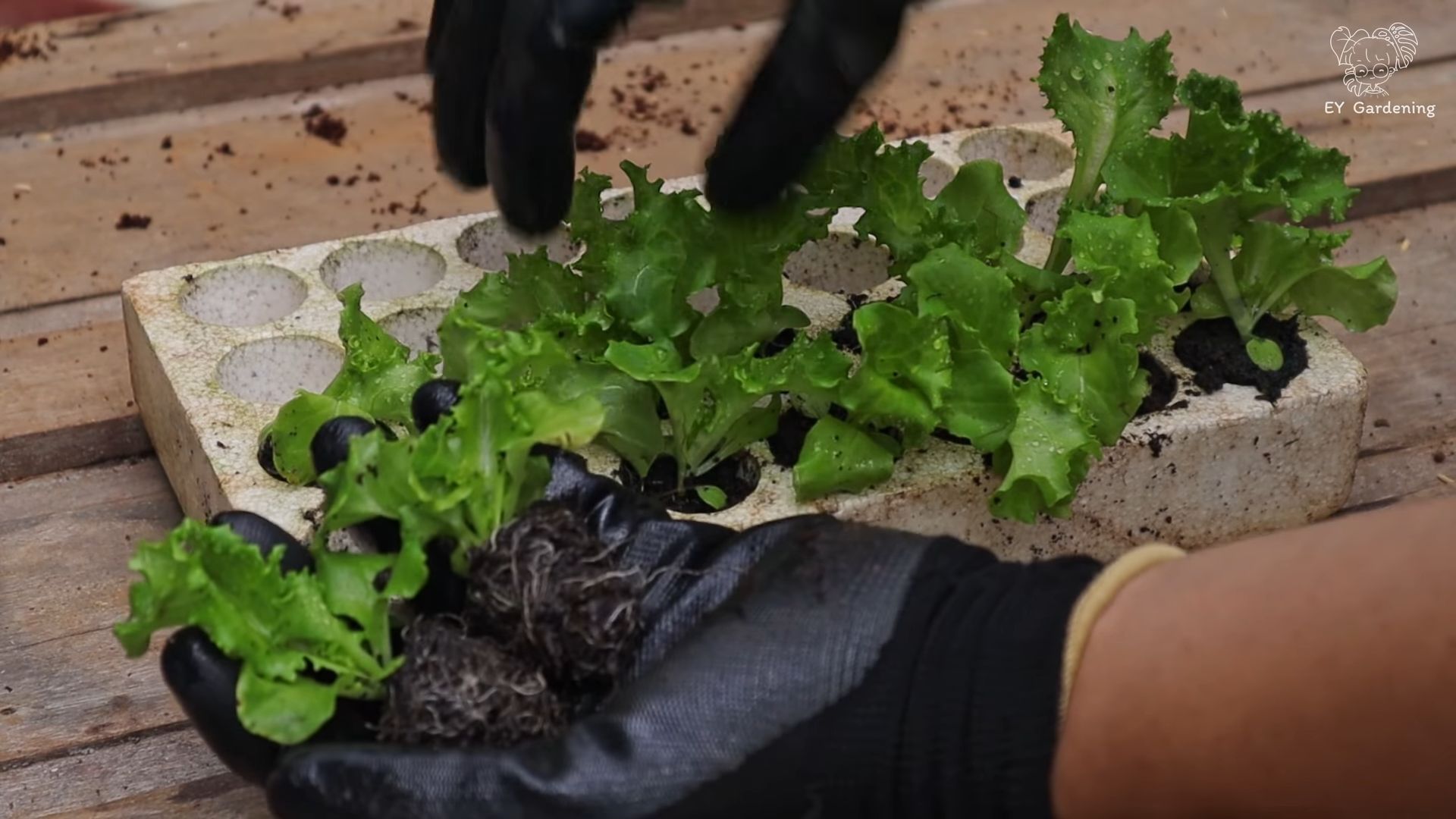
Conclusion
So, there you have it! Growing lettuce indoors is not only achievable, but it’s also a remarkably rewarding experience. Imagine fresh, crisp lettuce leaves available at your fingertips, regardless of the season. No more last-minute grocery store runs for a wilted head of lettuce, and no more worrying about harmful pesticides. This DIY trick is a game-changer for anyone who values fresh, healthy, and sustainable food.
Why is this a must-try? Because it empowers you to take control of your food source. It’s a simple, cost-effective way to enjoy the benefits of homegrown produce, even if you lack a traditional garden. Plus, it’s incredibly satisfying to watch those tiny seeds sprout and flourish under your care.
But the fun doesn’t stop there! Feel free to experiment with different varieties of lettuce. Romaine, butterhead, loose-leaf – the possibilities are endless. You can also try adding companion plants like herbs (basil and chives are great choices) to your indoor lettuce garden. Consider using different types of grow lights to see which yields the best results for your specific setup. Some people even incorporate hydroponic systems for an even more efficient and space-saving approach to growing lettuce indoors.
Don’t be afraid to get creative and personalize your indoor lettuce garden to suit your taste and preferences.
We’ve covered the basics, from choosing the right container and soil to providing adequate light and water. We’ve also addressed common challenges and offered solutions to ensure your success. Now, it’s your turn to put this knowledge into practice.
We wholeheartedly encourage you to try growing lettuce indoors. It’s a fun, educational, and ultimately delicious endeavor. And we’re confident that you’ll be amazed by the results.
Once you’ve harvested your first batch of homegrown lettuce, we’d love to hear about your experience! Share your tips, tricks, and photos in the comments section below. Let’s create a community of indoor lettuce growers and inspire others to embrace this sustainable and rewarding practice. Let us know what worked for you, what challenges you faced, and any variations you tried. Your feedback will help us refine this guide and make it even more helpful for future growers.
So, grab your seeds, prepare your containers, and get ready to enjoy the freshest lettuce you’ve ever tasted! Happy growing!
Frequently Asked Questions (FAQ)
What are the best lettuce varieties to grow indoors?
The best lettuce varieties for indoor growing are typically loose-leaf varieties, as they tend to mature quickly and are easy to harvest. Some excellent choices include:
* Black Seeded Simpson: A classic loose-leaf variety known for its mild flavor and rapid growth.
* Red Sails: A beautiful and nutritious red-leaf lettuce that adds color and flavor to salads.
* Buttercrunch: A butterhead lettuce with a tender texture and sweet, buttery flavor.
* Tom Thumb: A compact butterhead variety that’s perfect for small spaces.
* Oak Leaf: A loose-leaf lettuce with a mild, nutty flavor and distinctive oak-leaf-shaped leaves.
Experiment with different varieties to find your favorites! Consider factors like taste, texture, and growth habit when making your selection.
How much light does indoor lettuce need?
Lettuce needs at least 12-14 hours of light per day to thrive indoors. Natural sunlight from a south-facing window may be sufficient, but supplemental lighting is often necessary, especially during the winter months or in areas with limited sunlight.
LED grow lights are an excellent choice for indoor lettuce growing. They are energy-efficient, produce minimal heat, and provide the full spectrum of light that lettuce needs for optimal growth. Fluorescent grow lights are another option, but they are less energy-efficient than LEDs.
Position your grow lights about 6-12 inches above the lettuce plants. Monitor the plants closely and adjust the height of the lights as needed to prevent burning or stretching.
What type of soil is best for growing lettuce indoors?
Lettuce prefers well-draining soil that is rich in organic matter. A good potting mix for indoor lettuce growing should contain a blend of peat moss, perlite, and vermiculite. You can also add compost or other organic amendments to improve the soil’s fertility and drainage.
Avoid using garden soil, as it can be too heavy and may contain pests or diseases. Choose a potting mix that is specifically formulated for container gardening.
How often should I water my indoor lettuce?
Water your indoor lettuce regularly, keeping the soil consistently moist but not waterlogged. Check the soil moisture level daily by sticking your finger about an inch into the soil. If the soil feels dry, it’s time to water.
Water deeply, allowing the water to drain out of the bottom of the container. Avoid overwatering, as this can lead to root rot.
The frequency of watering will depend on factors such as the temperature, humidity, and type of container you are using. In general, you will need to water more frequently during warm, dry weather.
How do I harvest lettuce from my indoor garden?
You can begin harvesting lettuce leaves as soon as they are large enough to eat, typically when they are about 4-6 inches long. Harvest the outer leaves first, leaving the inner leaves to continue growing.
Use a sharp knife or scissors to cut the leaves off at the base of the plant. Avoid tearing the leaves, as this can damage the plant.
Harvest lettuce regularly to encourage continued growth. If you harvest all of the leaves at once, the plant will stop producing new leaves.
How can I prevent pests and diseases in my indoor lettuce garden?
Pests and diseases are less common in indoor gardens than in outdoor gardens, but they can still occur. To prevent problems, follow these tips:
* Start with clean containers and potting mix.
* Inspect your plants regularly for signs of pests or diseases.
* Water your plants properly to avoid overwatering or underwatering.
* Provide good air circulation to prevent fungal diseases.
* Remove any dead or dying leaves promptly.
If you do encounter pests or diseases, treat them promptly with an appropriate organic pesticide or fungicide.
Can I grow lettuce indoors year-round?
Yes, you can grow lettuce indoors year-round, provided you have adequate light and temperature control. With proper care, you can enjoy fresh, homegrown lettuce even during the coldest winter months.
What are the benefits of growing lettuce indoors?
There are many benefits to growing lettuce indoors, including:
* Fresh, homegrown lettuce available year-round.
* Control over the growing environment, reducing the risk of pests and diseases.
* Reduced reliance on grocery stores and commercially grown lettuce.
* A fun and rewarding gardening experience.
* The satisfaction of growing your own food.
* Access to organic lettuce without the premium price.
* A great way to introduce children to gardening and healthy eating.
* A beautiful and productive addition to your home.
* A sustainable way to reduce your carbon footprint.
* The ability to experiment with different lettuce varieties and growing techniques.

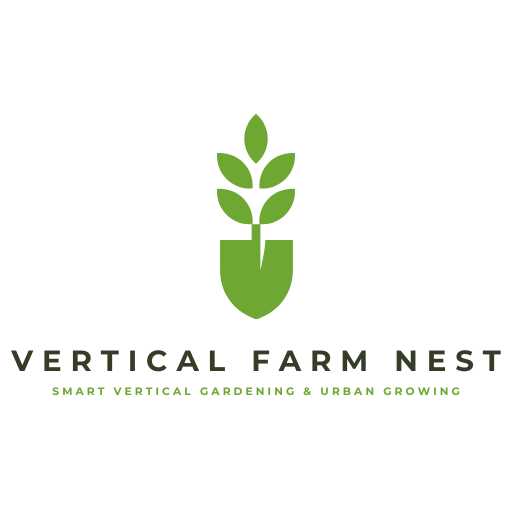
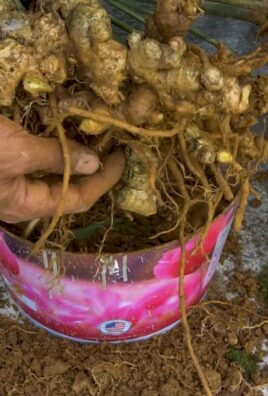
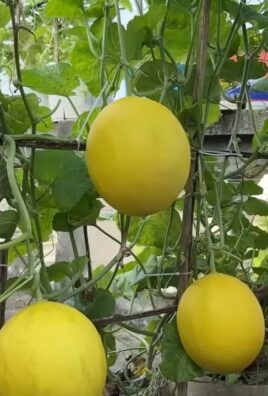
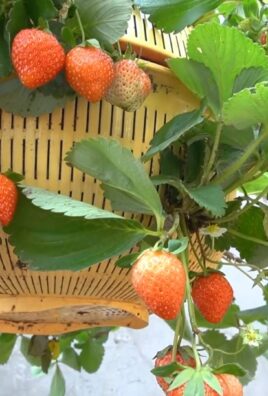
Leave a Comment